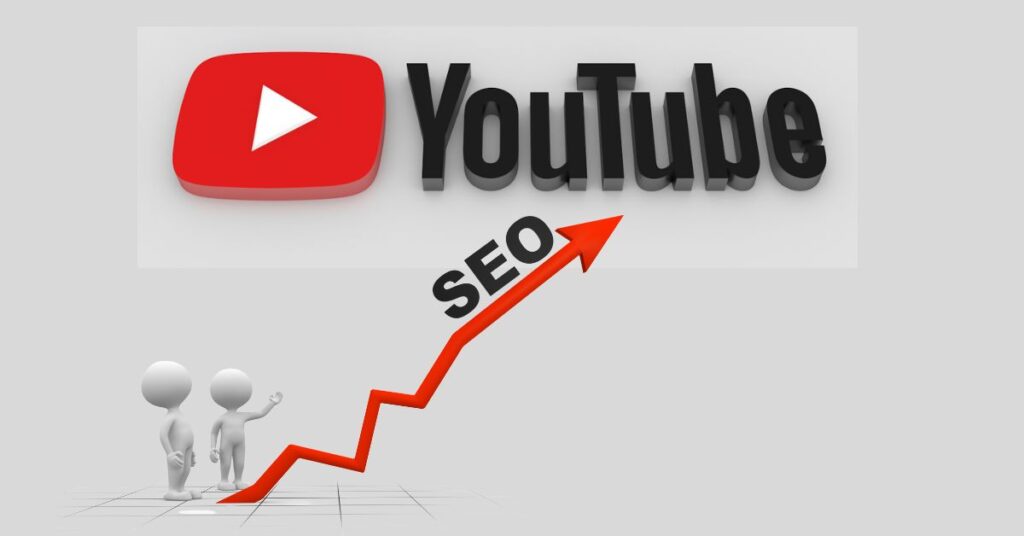
How to Create a Search Engine Marketing Plan for Your Small Business?
How to Create Search Engine Marketing Plans for Your Small Businesses? This comprehensive guide will delve into the intricacies of creating an effective SEM plan tailored to your small business, covering everything from the basics to advanced strategies that will drive meaningful results.




